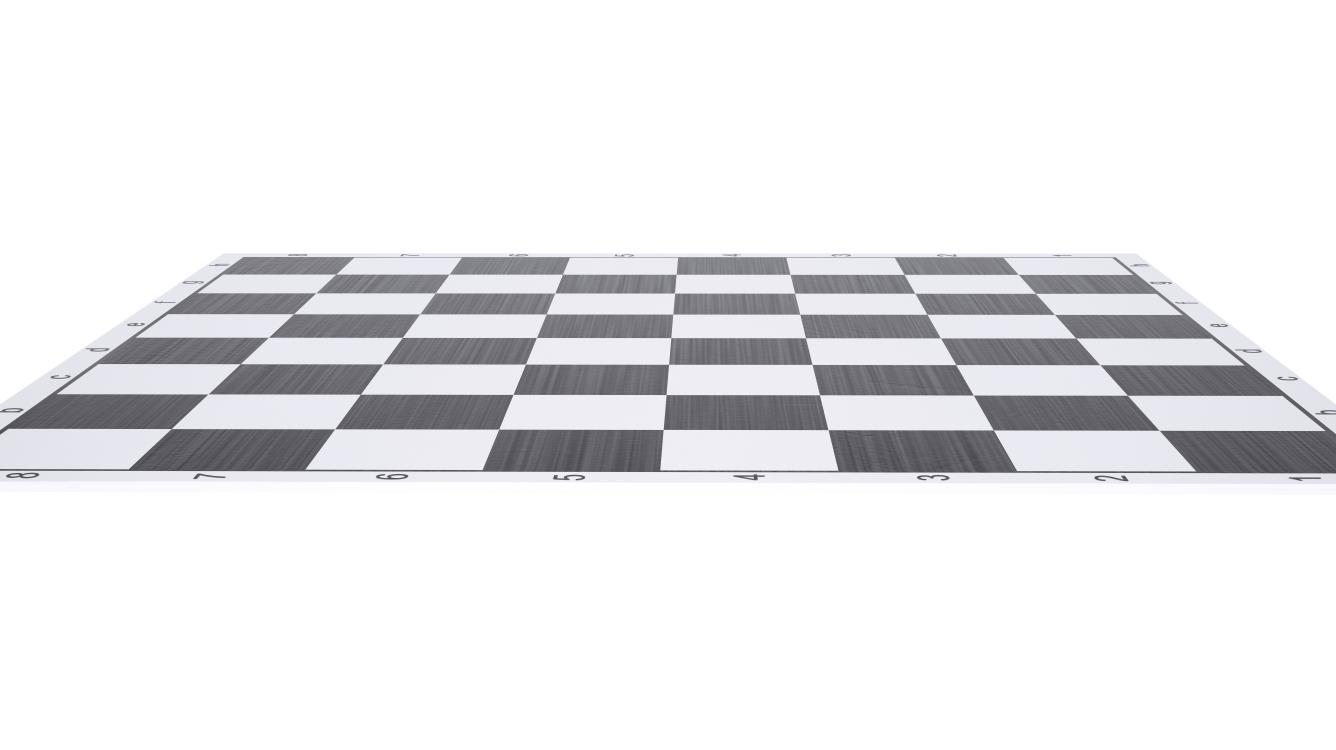
Mastering Squares, Part 5
We’ll continue our exploration of squares by showing a couple of different ways one can milk them.
Of course, a weak square or hole in the enemy camp can (and usually should) be used as a home for one’s pieces. We will look at that aspect of square use in this article. But we’ll also takes things a bit further, and show how the mere thought of a weak square can send the opponent’s position into convulsions.
We will start with our basic “use the hole as a home” theme:
Those are logical, very positive thoughts. But there’s a flaw. Can you spot it?
Puzzle 1:
As you just saw, every time you push a pawn you risk creating a hole (or holes) in your own camp. Thus, it’s critically important for you to always be aware of such things.

Our next example will still employ the “use the hole as a home” theme, but we’ll add a few bumps here and there to make things more interesting.
Black has two ways to recapture. Which one would you choose, and why?
Puzzle 2:
The actual game continued (after 7...Bxc6):
PERCHANCE TO DREAM
Now (afer 9...Nf5), from White’s point of view, a trained chess mind would stop the presses and drool over a particular dream. (White’s worse, but he’s allowed to dream!)

The dream is to exchange the dark-squared bishops and one set of knights, leaving Black with the light-squared bishop vs. White’s knight, which ideally (hey, it’s part of the dream!) would end up on d4.
That kind of monster knight on a permanent, central support point vs. a bad bishop is very nice for White. In fact, in many instances that kind of “knight on d4 vs. bad bishop” is strategically winning for White.
Of course, making that a reality after 9...Nf5 is near impossible if Black knows to avoid such a situation. Nevertheless, having a mind that instantly sees such possibilities (no moves, just the dream position) allows you to create that dream, while if you don’t have that dream in the first place, you won’t make it come true.
Finally, we’ll see how a key square isn’t used as a support point at all. Instead, it’s used to highlight other plusses.
Take a close look at the initial position. Who would guess that, in a few moves, the e5-square will be the critical point of the game, and White’s domination of it will ensure an easy win?
LESSONS FROM THESE GAMES:
- If you can’t see a dream position based on the imbalances, you won’t be able to make that dream come true.
- Every time you push a pawn you risk creating a hole in your own camp.
- Sometimes a hole in the enemy camp can be used as a home for your pieces.
- Sometimes dominating a square in the enemy camp, while not used as a home for your pieces, takes away so many enemy options that it takes on decisive significance.
RELATED STUDY MATERIAL
- Read IM Silman's previous article: Mastering Squares, Part 4.
- Watch IM Rusa Goletiani's video: Stop Your Opponent's Best Moves!
- Take a lesson on outposts in the Chess Mentor.
- Solve some puzzles in the Tactics Trainer.
- Looking for articles with deeper analysis? Try our magazine: The Master's Bulletin.

